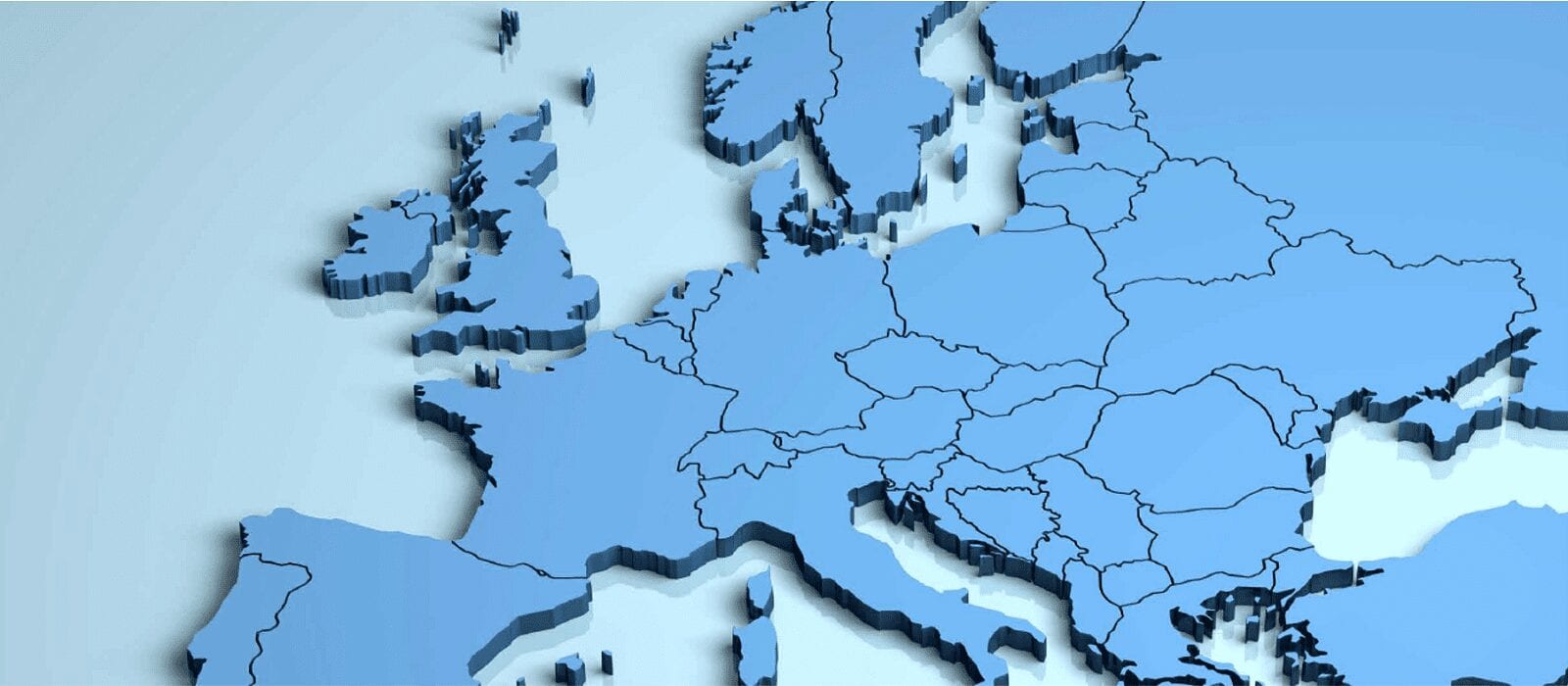The largest and most comprehensive study of mutual and cooperative insurance in Europe has been published in a joint report by the Association of Mutual Insurers and Insurance Cooperatives in Europe (AMICE) and the International Cooperative and Mutual Insurance Federation (ICMIF). The report, Facts and figures: Mutual and cooperative insurance in Europe Volume 2, features an analysis of the financial performance and legal landscape of mutual and cooperative insurance across 32 European markets.
The report highlights the growth of the European mutual and cooperative insurance sector since the onset of the global financial crisis (2007-2008). European mutual and cooperative insurers reported a collective premium income increase at a much higher rate than the rest of the European insurance market in the period covered in the report (2007 to 2015), reflecting a flight to quality and security in the face of profound economic instability. As a result, the overall market share of the mutual and cooperative sector increased from just over 24% in 2007 to more than 31% in 2015. This growth in premium levels and market share was despite a substantial fall in the number of mutual/cooperative insurers in Europe over the period of time of the study (from almost 4,200 undertakings in 2007 to just over 3,000 in 2015), reflecting the experience of the wider insurance market over the same period and in particular a result of consolidation in the industry.
In order to gain a further insight into the nature of mutual/cooperative insurance in Europe, insurance companies included in the report were categorised by three definitions relating to their legal structure and ownership: mutual/cooperatives in the legal form (“definition 1”); subsidiaries of mutual/cooperatives insurers in the legal form (“definition 2”); and mutual/cooperative-type insurers (“definition 3”). The three different definitions referenced reflect the lack of consistency across the countries included in this report – the 28 EU Member States and four EFTA countries – on the legal recognition and attendant regulatory treatment of mutual/cooperative insurers. Most European countries legally foresee an element of mutual and/or cooperative insurance, though five countries in this study have no form of legal recognition of the structures.
The report also highlights socio-economic importance the sector plays in EU stability and continuity. In 2015, around 414 million members/policyholders were protected by mutual/cooperative insurers in one form or another. Also in 2015, around 438,000 people were employed by EU mutual/cooperative insurers. Across the whole of Europe, mutual/cooperative insurers reported 2.78 trillion in total assets, reflecting the sector’s importance as investors as well as providers of insurance cover.
The report includes extensive statistical data sourced and analysed by ICMIF, using the Federation’s 9-years’ worth of Global Mutual Market Share research*. The legal landscape of each country (including a post-Solvency II review) has been developed through desk research by AMICE, supported by AMICE/ICMIF members, national supervisors, national associations and other trade bodies.
Commenting on the report, co-author and ICMIF lead on the statistical data element of the report, Ben Telfer, Vice-President, Business Intelligence, said “This reports provides the most comprehensive insight into the state of mutual and cooperative insurance in Europe and the positive financial performance of the sector post the global financial crisis. The significant growth in premium income, market share and total assets demonstrates the strength and resilience of the mutual/ cooperative model of insurance, and the increases in the number of employees and number of members/policyholders shows the socio-economic importance of mutual and cooperative insurance, and the re-emergence of its appeal among European consumers.”
*As the scope of data included in the Facts and figures report is slightly different compared to ICMIF’s Global Mutual Market Share reports, some variations in figures for the mutual/cooperative sector may be noted.






